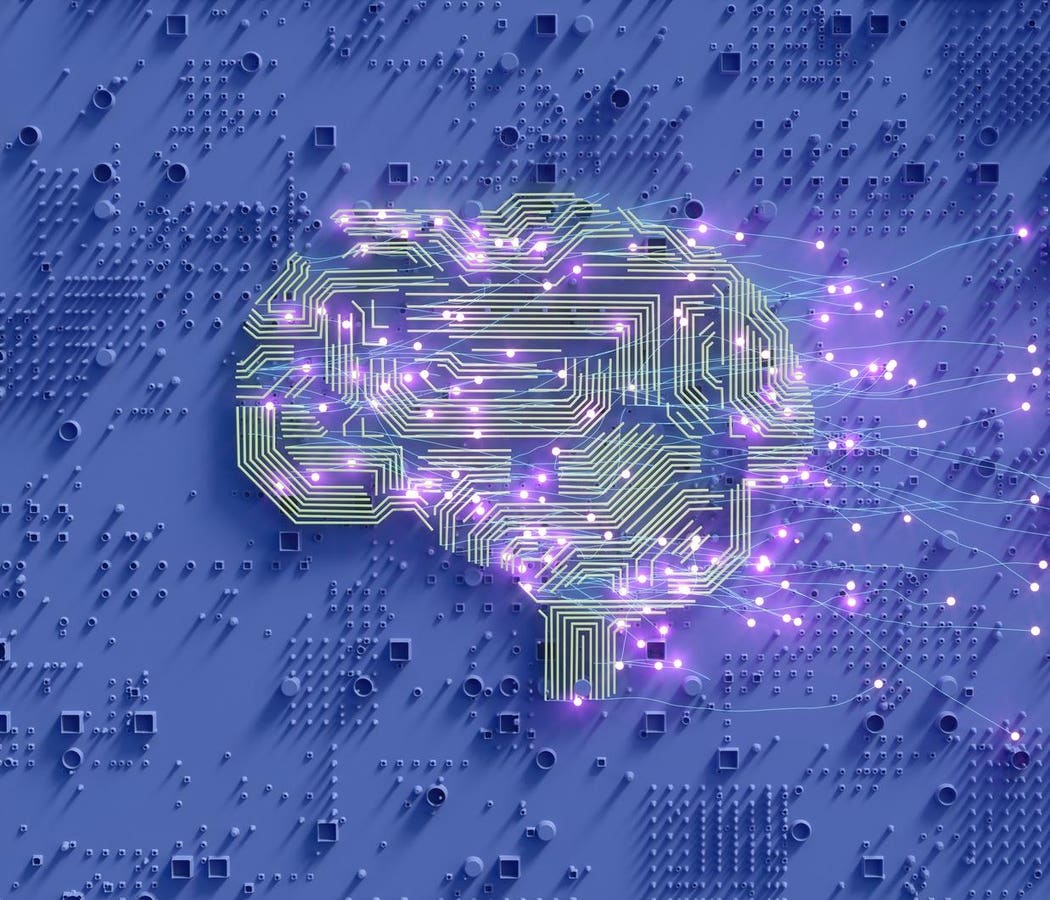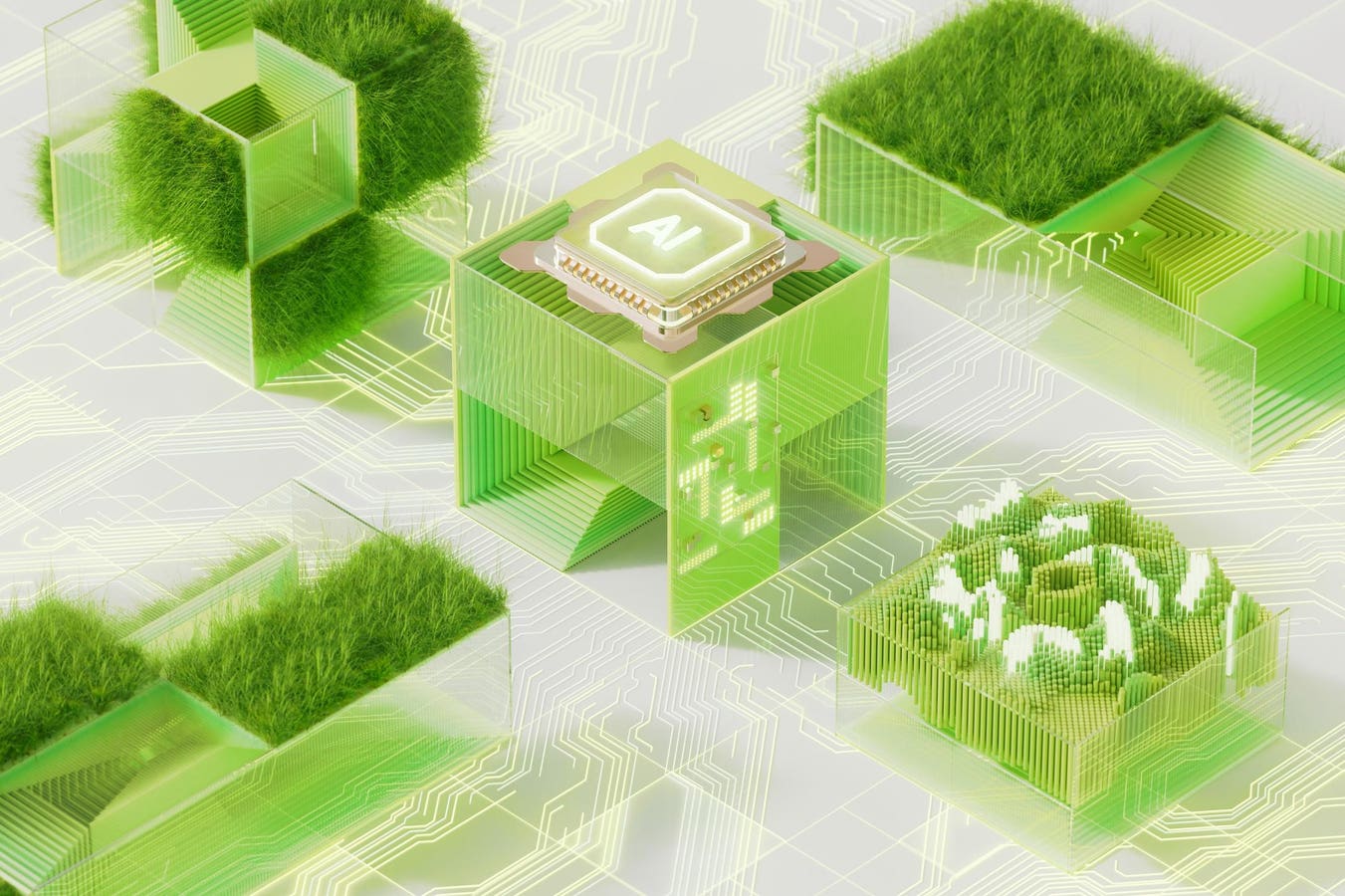Timothy E. Bates, Fractional CTO for Oppos, a leading provider of Cybersecurity solutions and IT Audit Preparation.
When we talk about artificial general intelligence (AGI), most of us think of the dazzling advances achieved by tech giants like Nvidia and OpenAI. Their progress is impressive, but it’s also limited by the constraints of silicon and electricity. For years, we’ve used silicon-based neural networks to simulate the human brain. Though it’s fast and powerful, it’s not quite the real thing.
As a professor teaching courses about cybersecurity, AI and immersive technology, I see the future of AGI as a different, more organic direction that merges technology with biology in a way that’s both thrilling and terrifying.
The New Frontier: Bioprocessors
Bioprocessors powered by live human brain cells may catapult us into the era of AGI much faster than anticipated. These bioprocessors are now available to rent for research for $500 per month. It’s no longer science fiction. It’s happening now.
The online platform utilizes multielectrode arrays (MEAs) that house living brain tissue organoids. Each MEA contains four organoids interfaced by electrodes for stimulation and recording. This allows bioprocessors to perform tasks with less energy than traditional digital processors.
Why This Is So Exciting—And Scary
On the surface, this technology seems like a natural next step. Imagine a large language model (LLM) that isn’t just simulated on a silicon chip but can actually run on a human brain-like structure. This bioprocessor could achieve the kind of cognitive flexibility and energy efficiency that current technologies can’t even dream of.
The excitement is palpable, but so is the fear. What happens when an LLM (or any other AI model) is no longer running on traditional processors but on a living, evolving substrate?
Silicon chips are static, meaning their capabilities are fixed once manufactured. Brain-like structures, on the other hand, are dynamic and adaptive by nature. Bioprocessors composed of living human brain cells have the potential to reorganize themselves, form new connections and “learn” over time—similar to how human brains adapt to new information or experiences. This means the system can develop patterns of behavior or problem-solving approaches that weren’t explicitly programmed.
Moving Beyond The Silicon Ceiling
Our current AI models are still based on a very limited understanding of how the human brain works. They can mimic certain aspects of human cognition but lack the organic complexity, nuance and unpredictability of a living brain.
AI models have made significant strides in emulating certain facets of human cognition, particularly in areas like pattern recognition, language processing and decision-making. For instance, large language models (LLMs) such as GPT-4 can generate human-like text, engage in conversations and even perform tasks that require a degree of reasoning. However, these models operate within the constraints of their programming and training data.
An example is Scripps Research’s AI model MovieNet, which recognizes and interprets complex, changing scenes over time—similar to how the human brain processes visual information. Unlike traditional AI models that excel at analyzing static images, MovieNet understands moving images with the subtlety of the human brain.
Brain-based bioprocessors change this paradigm by moving beyond simulating a brain—they directly leverage biological processes, like neural networks and synaptic activity, that mirror how the human brain naturally functions. These bioprocessors could bypass the silicon ceiling that has held back AGI development for years while using a fraction of the energy—making them not just faster but also more sustainable.
The Ethical Quandary
This technology has the potential to accelerate humankind’s march toward AGI far more quickly than silicon could. Nvidia and OpenAI have pushed us to the edge of what’s possible, but bioprocessors could push us over that edge. This isn’t just a step forward; it’s a quantum leap into a future where machines can think, learn and feel in eerily human ways.
This technology is as terrifying as it is exhilarating. When we allow AI to run on a platform that mirrors our own neural architecture, we’re stepping into uncharted territory. This is where things get really interesting—and ethically murky. If we create machines that learn like humans (and maybe even think like humans), what happens when they start to exhibit indistinguishably human behaviors? Do we treat them like tools or do we give them a seat at the table? If bioprocessors can evolve independently, how do we control or contain them?
The question of ethics surrounding bioprocessors isn’t just theoretical anymore—it’s urgent. Bioprocessors challenge conventional definitions of intelligence, sentience and autonomy, leaving our existing laws and ethics woefully insufficient. So what are the next steps?
A Framework For The Future
If we want to harness the potential of bioprocessors ethically and responsibly, the regulatory landscape must address the concept of cognitive rights. Specifically, we need to determine at what point bioprocessors capable of adaptive behaviors warrant ethical consideration beyond being treated merely as tools. A “cognitive rights charter” may be necessary to extend protections to artificially created cognitive biological systems and prevent ethical abuses before they arise.
Because bioprocessors blur the boundaries between biology and technology, regulations must transcend traditional mechanical frameworks and account for their biological components. Failing to take a proactive approach could lead to irreversible ethical and existential consequences.
The Brave New World Ahead
We stand on the brink of an era that could redefine everything we know about intelligence, consciousness and technology. Bioprocessors could give us the tools to achieve AGI far sooner than anyone expected. But as with any great leap, this comes with risks that we need to confront head-on.
Forbes Technology Council is an invitation-only community for world-class CIOs, CTOs and technology executives. Do I qualify?








